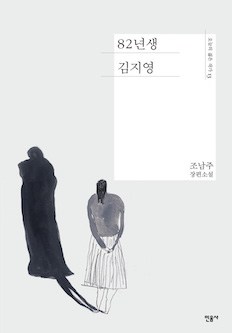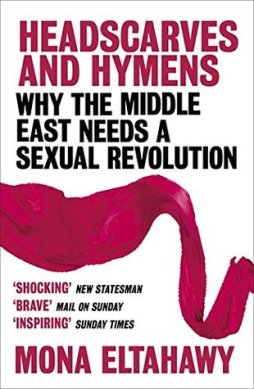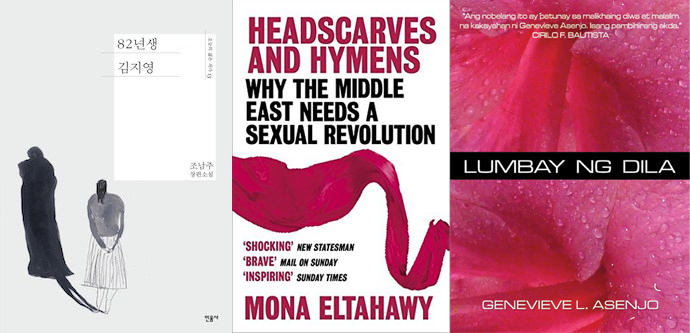By Mary Angelu Grace Bartolome
People often talk about the bad effects of the internet. And while the internet does have its different cons, it also offered a lot of convenient pros that led to the opening of the eyes of a lot of people regarding issues which were more or less unaddressed during former times. One of them is the issue regarding discrimination against women and the feminist movement.
The feminist movement began in the 1960s to 1970s. However, it has often alluded to feminism in the West. White feminism has also been an issue tackled in which it more or less only benefits women of the West, disregarding women who are part of groups outside of their circle such as the LGBTQ+, Black women, people of color, etc.
Feminism in Asia has also been notably shadowed. In fact, misogyny and gender discrimination in most parts of Asia was often “the elephant in the room” which need not be addressed. In recent times, there has been quite a few in Asian countries who have been joining the fight against misogyny and gender discrimination. As a matter of fact, a lot of Asian countries have been joining feminist movements such as the #MeToo movement, a movement against sexual harassment and sexual assault. While some Asian countries made slow progress, it is still a big step in breaking the stigma surrounding Asian women.
Regarding the feminist movement in Asia, a number of authors have used writing as an instrument for exposing the daily challenges that they face as part of a group being discriminated in a society where misogyny may abound. In order to spread the feminist movement, we must first become aware of the differences and similarities of what a woman faces in each country. Here are some novels written by Asian women who aim to tell their stories about what it is like living in a society where women, or certain types of women, may be frowned upon.
Jiyoung Kim: Born in 1982 (South Korea, 2016)

While South Korea is a country known for its rapid development and advancements, there are still some issues that the country fails to recognize. In fact, one of the issues which are frowned upon is feminism. An evidence of this is the retaliation towards women who show even the smallest support towards the feminist movement.
However, despite the harsh discriminating environment within the country, a good number has recognized the importance of fighting off such discrimination. The book Jiyoung Kim: Born in 1982 written by Namjoo Cho gives us a glimpse of how it is like to be a woman living in a conservative country such as South Korea. It gives us a glimpse of the life of Kim Jiyoung who represents the average Korean woman. There is no shocking plot or surprising events that take place in the novel. However, upon closer read, it can be seen that that is the whole point. The message of the novel is to show how a woman in a society where it is not so simple to fight off such discrimination lives. The main character lives a mundane life with a side of taking in the sexist comments thrown at her, giving us a glimpse of how the patriarchy works in the country.
A lot has caught on to its meaningful message, making it something symbolic for those who participate actively in the feminism movements in the country. People like the South Korean President Moon Jae-in, BTS’s RM, and Red Velvet’s Irene have shown support after having read the said novel.
Headscarves and Hymen: Why the Middle East Needs a Sexual Revolution (Middle East, 2015)

Before the book was published, Egyptian-American feminist and journalist Mona Eltahawy wrote an article for the Foreign Policy magazine entitled Why Do they Hate Us. It is a commentary on how the misogyny in the Arab is an explosive issue that cannot be ignored. The article became the center of controversy with lots of opinions and mixed reactions being thrown into the mix.
With Headscarves and Hymens: Why the Middle East Needs a Sexual Revolution, Mona Eltahawy takes her argument up a notch. She explains that Arab women do not only have to fight alongside men to fight off an oppressive government, but they also have to fight off the perspective in which women are viewed as second-class citizens. She listens to stories of women all across the Middle East, writing this book as a cry for action and shedding light to the toxic mix of religion and culture that a lot of Arab women are too afraid to go against in fear of being called blasphemous. Since the novel tackles issues that deal with both religion and culture, the book garnered mixed reviews, further adding to the controversy that surrounds Mona Eltahawy.
Lumbay ng Dila (Philippines, 2010)

Last but definitely not the least on our list is Lumbay ng Dila written by Filipino poet and novelist, Genevieve Asenjo. It follows the life of a Visayan woman from Antique named Sadyah Lopez who moves to Manila to work and to find her mother — also, to find herself. Sadyah Lopez is the embodiment of a liberated woman who is not afraid to love. While some look at this work as a form of pornography which only aims to entertain mature minds, it also delivers an important message about the image of a Filipino woman in this society.
Growing up, Filipinas are often told to be more like the “Maria Clara” type of woman: often portrayed as shy, conservative, soft-spoken. Women who are too strong and aggressive are often disliked or judged. In Lumbay ng Dila, however, they portray a Filipino woman who is in charge of her own body and mind. Simply put, the character Sadyah Lopez embodies what most Filipino women aspire to be: a free woman who has broken away from the gender roles set to her by the society that she lives in, and where the voice of a woman is regarded in terms of being a useful member of the society when it comes to nation-building.

